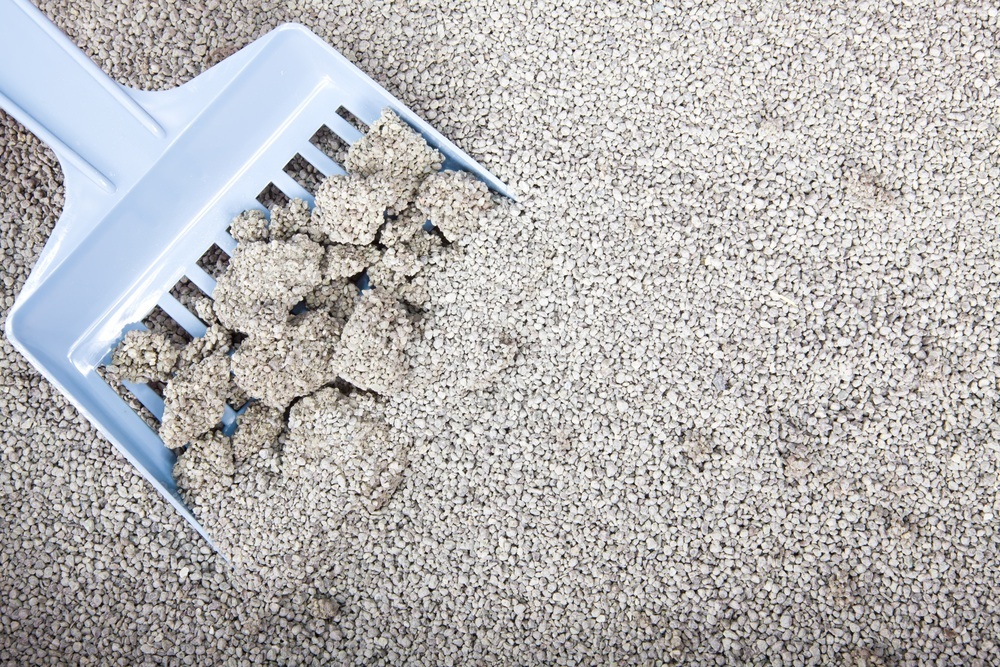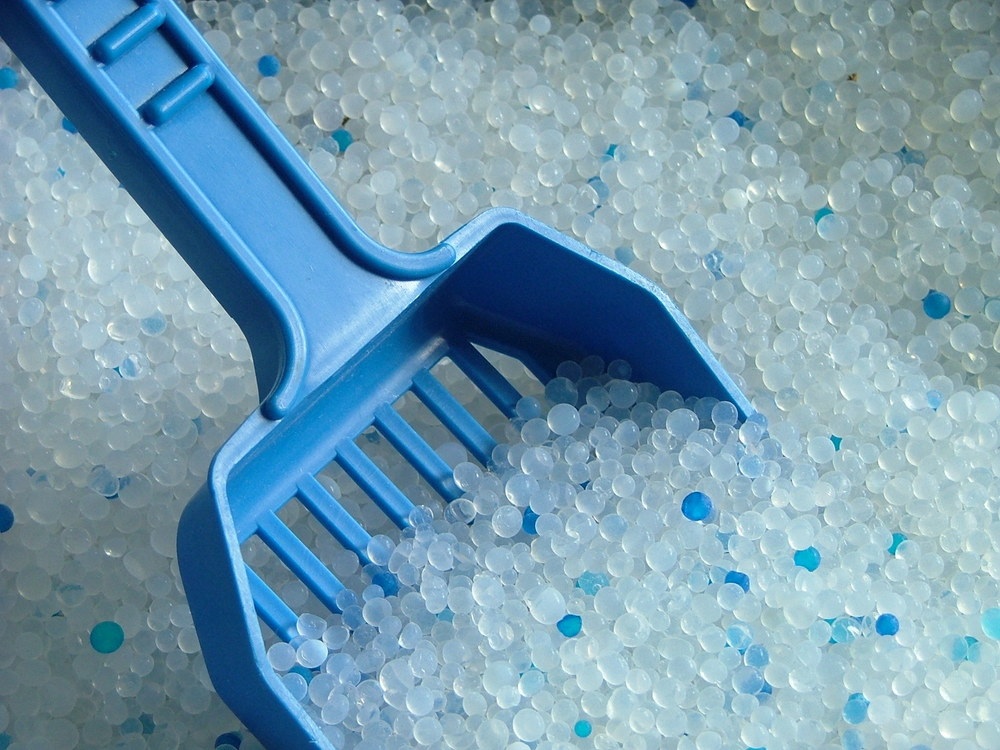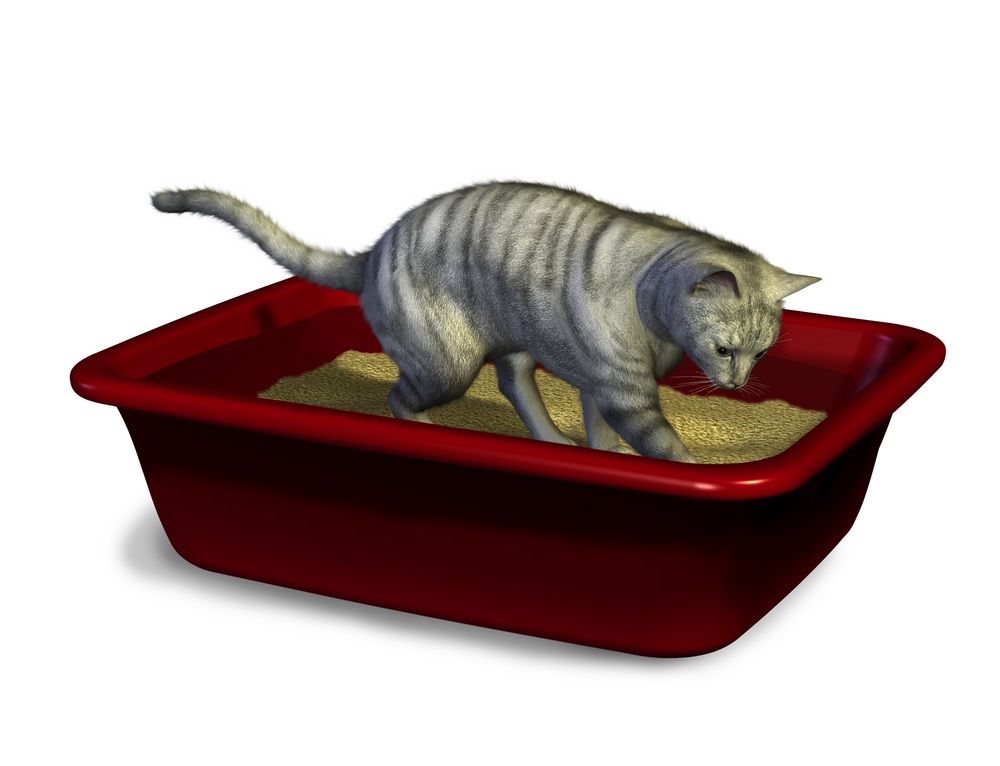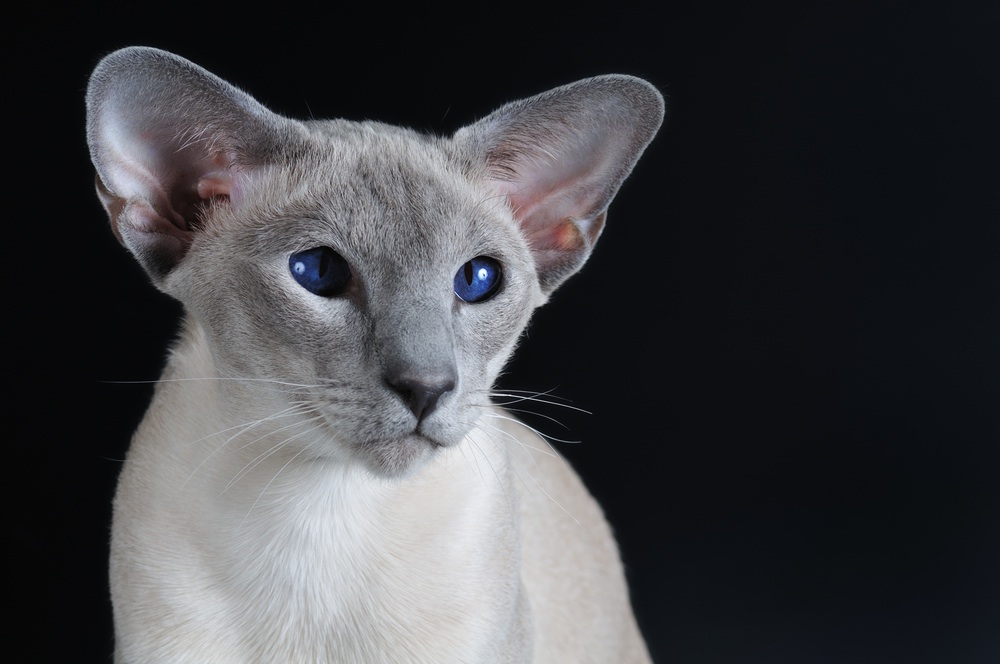Choosing cat litter
It is now nearly 60 years ago that the first commercial cat litter was introduced to the market. Up until this time, owners had typically used sand or even ash in the pets' dirt trays, but the introduction of clay-based litter marked a significant development in terms of caring for cats, particularly in urban areas where it is not always practical to allow them out to roam.Indeed, there is little doubt that the growth of the cat litter market has played a part in the huge rise in cat ownership which has taken place during this period. A major advantage of clay was that, in comparison with sand, it was absorbent, making the task of cleaning the litter tray less unpleasant.
Cats would use it readily, scraping the material in just the same way that they would with soil, but it was far less likely to be walked through the home on their paws. Clay was also safer, being unlikely to enter the body or the eyes causing irritation, compared with particles of sand.
Clumping

The next development came as a result of research in the 1950s by Fuller's Earth Union, who introduced a clumping type of litter to the market, based on bentonite clay. This makes cleaning the litter tray much easier for owners, simply because with a suitable tool, the soiled area of litter can be removed easily. This is also important, because cats will not use an evidently dirty litter tray.
It has been suggested, however, that clay litter which clumps could be harmful, especially to young kittens which are more likely to eat it than adult cats. Nevertheless, there seems remarkably little evidence to suggest that this is anything other than a possible theoretical risk.
In fact, since this type of cat litter has been used for over half a century, the likelihood of intestinal blockages arising from its usage would seem to be incredibly remote according to veterinary reports. Nevertheless, owners must be advised not to dispose of soiled litter of this type by tipping it down a lavatory, as it is likely to cause a blockage here.

Odour-control is a feature associated with some types of cat litter, notably those manufactured using silica gel. Odour-control cat litterThis material is highly absorbent and relatively lightweight, compared with clay-based products, but needs stirring to maintain maximum absorbency. Less regular litter changes are then necessary, but once the silica gel becomes saturated, the cat's urine will just start lying in the litter tray, which is unpleasant.
The future of clay-based litters themselves, which are still dominant in the market, seems set to become more uncertain, partly because they are heavy. More importantly perhaps, in view of the increasing emphasis on green consumer issues, it seems likely that cat-owners will be more inclined towards purchasing biodegradable and especially products based on recycled materials. Pelletised paper litter is an obvious example, but even though customers may instinctively seek to compost the soiled litter, this is not recommended because of the risk of spreading Toxoplasma oocytes through the garden.
Hygiene concerns
Toxoplasmosis itself is a protozoan illness, and although there are many people who have been exposed to this infection without showing any signs of ill-health, it can be significant. In the case of pregnant women, toxoplasmosis can cause abortion or birth defects, while those with compromised immune systems, suffering from HIV for example, are at particular risk of developing meningoencephalitis if these cysts gain access to the body, allowing the parasites to develop here in the brain. The oocytes themselves, present in a cat's faeces, are remarkably resistant and so soiled cat litter, even if manufactured using compostable material, should be disposed of in a sealed bag along with other household refuse.
It is also advisable to wear disposable or rubber gloves when cleaning a cat's litter tray, to protect again this infection. Perhaps surprisingly however, in spite of offering litter, trays and scoops as well as disinfectants for cleaning the equipment thoroughly, few pet stores offer suitable gloves for this task, although they could provide additional sales too.
Lightweight cat litter

A wide range of materials can feature in cat litters of this type. Apart from recycled newspaper, wood shavings and wood are used for this purpose, as well as corn cobs, wheat bran and even dried orange peel. Cats themselves seem to have little preference, and can be switched quite easily from one type of litter to another. They may, however, be more likely to scatter these lightweight products outside the tray as they scratch in the litter.
What can happen however, is that when an owner disinfects the litter tray and does not rinse it off adequately, the cat dislikes the resulting odour, and ignores the tray when it is refilled. If a new cat litter is used at this stage, it will often be blamed, but the cause of the problem is actually the lingering disinfectant residue.
Which will you choose?

The cost of the different types of litter will influence customers' buying habits, but straight price comparisons can be misleading. Clay-based products tend to work out cheaper than their biodegradable rivals, but on the other hand, more frequent changing rather than spot-cleaning may be necessary with such products, meaning that the overall cost of some biodegradable litters will be lower in practice.
Siamese cat In the case of pure-bred cats, especially those of the Oriental origins, including the Siamese, there is an argument for avoiding clay-based litters, because they tend to be slightly more dusty. This is because such cats tend to be more susceptible to respiratory problems than other breeds or indeed moggies. Overall however, it is likely to be convenience, ease of usage and price which are the major factors determining the type of cat litter that you chose for your cat.
You can find a wide range available by following the link here .